More and more medical care has been delivered through remote methods in the past few years. Between 2018 and early 2020, the number of healthcare providers using telemedicine nearly doubled to 41 percent of providers surveyed. During the COVID-19 pandemic, in particular, that number surged. One virtual care provider saw visits skyrocket from 1,600 in February of this year to 90,000 just one month later.
There’s some debate about what terms to use when describing virtual healthcare. Some may use the term “telemedicine” to describe using electronic methods for delivering healthcare services. Others use “virtual care” or “virtual healthcare.” There are subtle but important differences between these terms.
Just so you know
Create your virtual healthcare platform with Jotform! Build HIPAA-friendly medical forms that make it easy to safely collect patient info, schedule appointments, and more from any device.
The difference between telemedicine and virtual care
Telemedicine specifically refers to treating patients without actually seeing them in person. It can be done over the phone, by video, or by instant messaging to triage a patient and provide a diagnosis remotely. For example, if you call the doctor’s office to discuss the severity of your cold symptoms and the doctor tells you to take some cold medicine since you don’t have a fever, that’s an example of telemedicine.
Virtual care — or virtual healthcare — is a much broader term. It covers all the ways that a healthcare provider can interact with patients. Virtual care includes things like remotely monitoring vital signs with wearables or following up after a visit, such as when a nurse calls to ask how the patient is feeling after surgery.
Essentially, the term telemedicine is much more specific. If you’re referring to a wide set of services that aren’t virtual visits with a healthcare provider, using the term “virtual care” or “virtual healthcare” is more accurate.
What virtual care includes
One of the ways providers and patients use virtual healthcare is through remote patient monitoring. Typically, a patient will use a device, like a blood glucose monitor, that can upload their readings to the doctor’s electronic health record (EHR) system or other monitoring software. This is usually for ongoing issues, like diabetes, where the patient might not need an in-person appointment but still needs to be monitored and have their medications adjusted.
Another method of virtual care is asynchronous telehealth — or store and forward telehealth services — which is when medical data like images are collected, stored, and then transmitted for the doctor to assess later. For example, a patient might send a picture of their skin condition for evaluation. This type of care is often used for one-time assessments.
Mobile health — or mHealth — can also be an important part of virtual healthcare. These apps are usually on devices like tablets and smartphones. They’re more for patient education than for treatment and diagnosis. For example, a physician might use an mHealth app to provide a patient with instructions on what they need to do after surgery.
However, when most people think of virtual care, especially in the post-COVID-19 world, they’ll think of virtual doctor’s visits. These have largely been conducted using HIPAA-friendly video conferencing platforms, and provide a broad way for patients to get care for nonurgent issues or undergo triage without having to leave their homes.
How to make virtual healthcare easier for you and your patients
One way to make virtual care easier to deliver, whether it’s patient monitoring or virtual visits, is to use forms for data collection. Jotform offers a variety of HIPAA-friendly form templates that you can customize to meet the needs of your practice and patients.
In virtual healthcare, there are many times you’ll need your patients to fill out forms. For example, you might ask a patient to self-report their blood sugar readings while they wait for a connected device to be approved and sent by their insurance company.
In another example, a patient might send you a picture of their skin condition for evaluation. You can use a form to have them describe the condition. There could be checkboxes for the symptoms, and the patient could attach an image.
For general virtual care, you’ll likely want to use a patient intake form to collect medical histories before a visit. You can also collect payments using Jotform and a payment gateway like PayPal, Square, or Stripe, as well as create informed consent forms for your patients to sign before a virtual visit.
Ultimately, whether you deliver services that fall under telemedicine or you decide to expand into virtual care, make sure that you’re equipped to get the information you need from your patients. It’s not so much the terminology but the delivery of services that matters.
















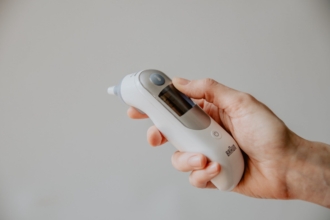









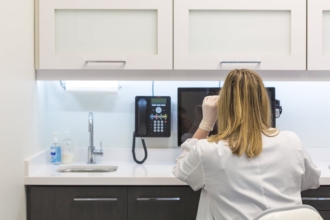


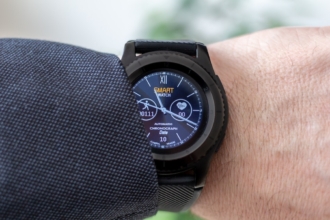




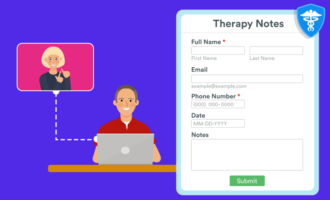


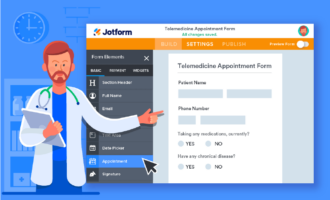




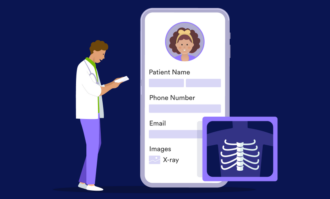




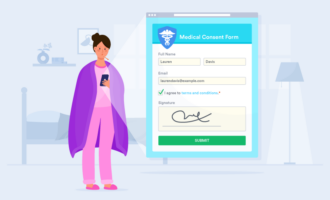

Send Comment: